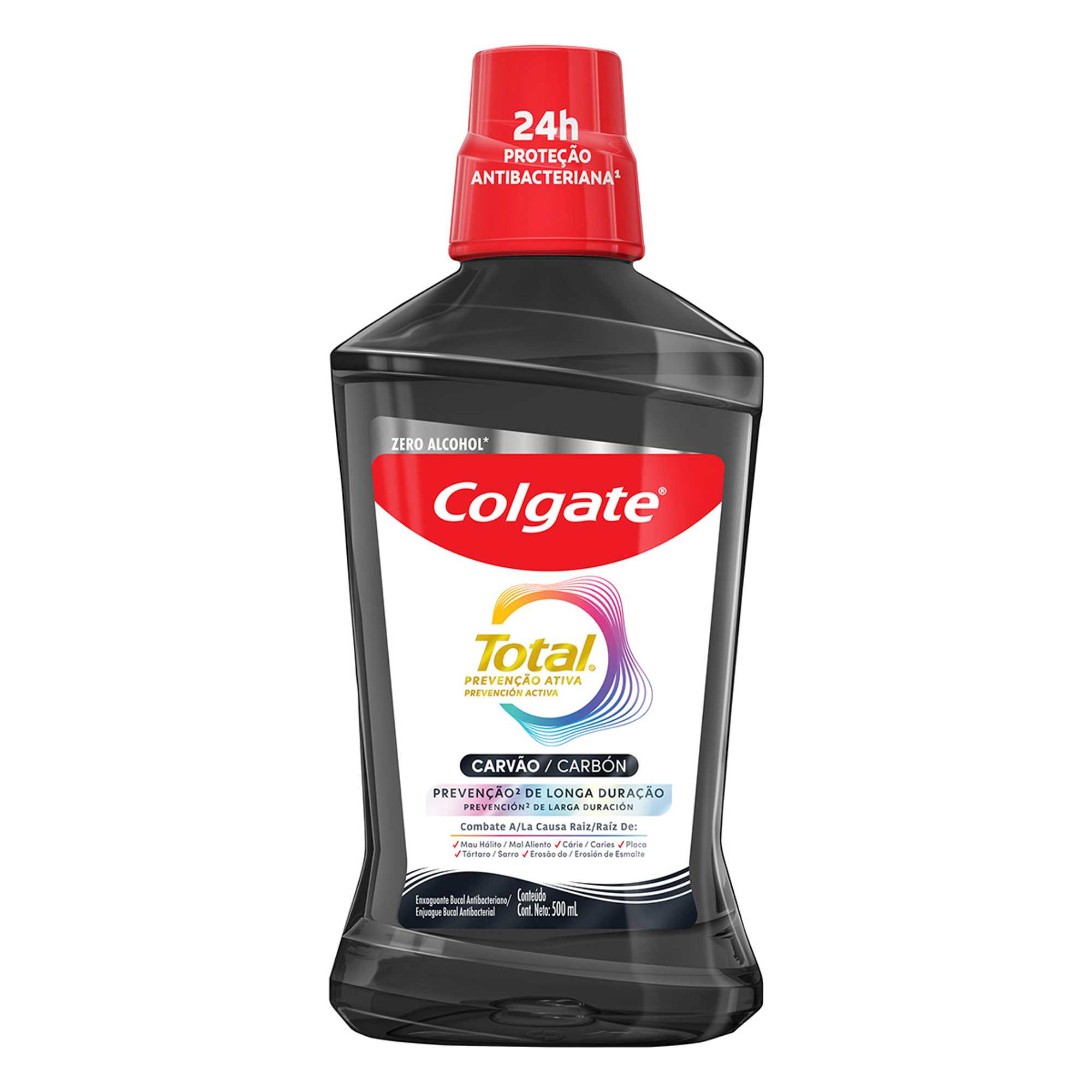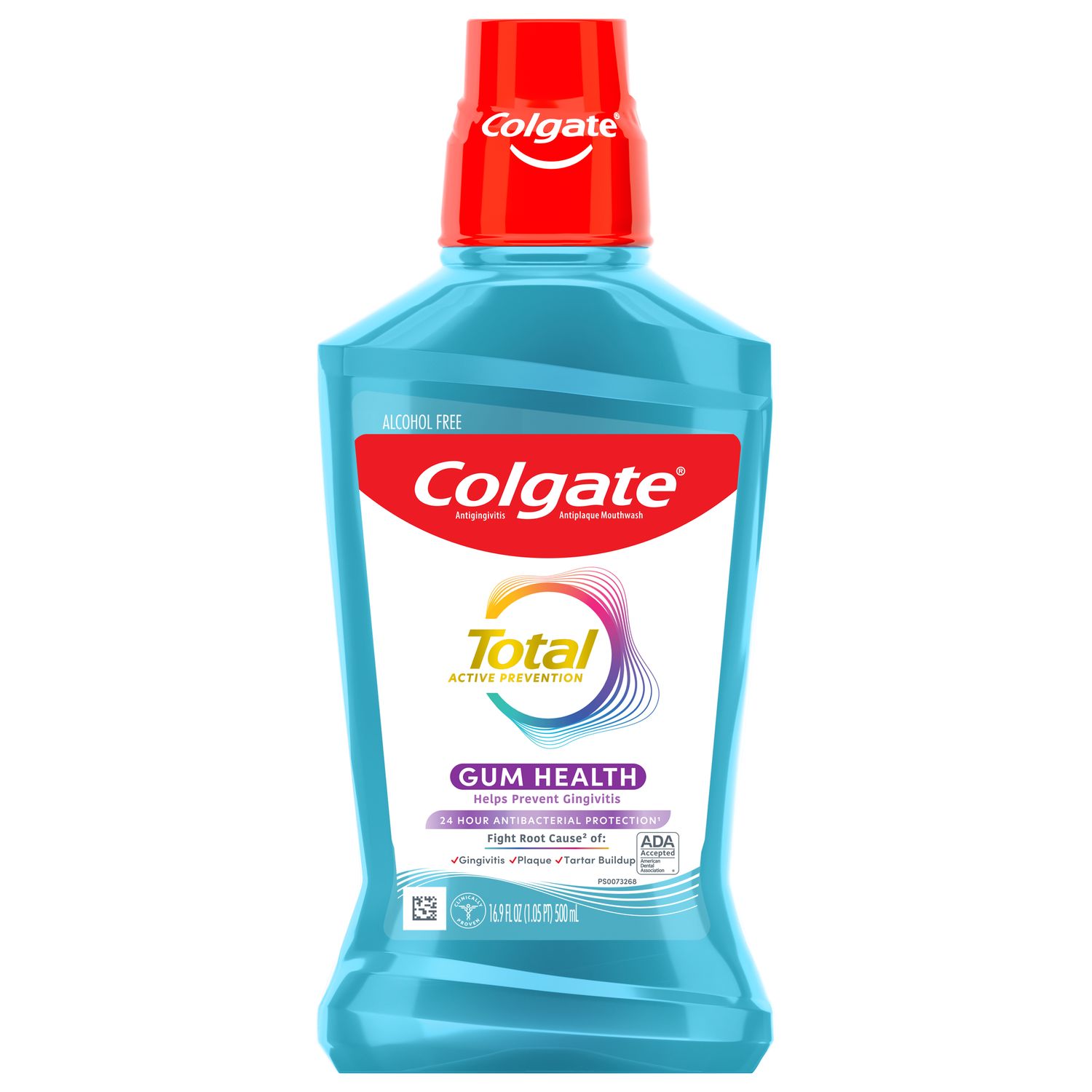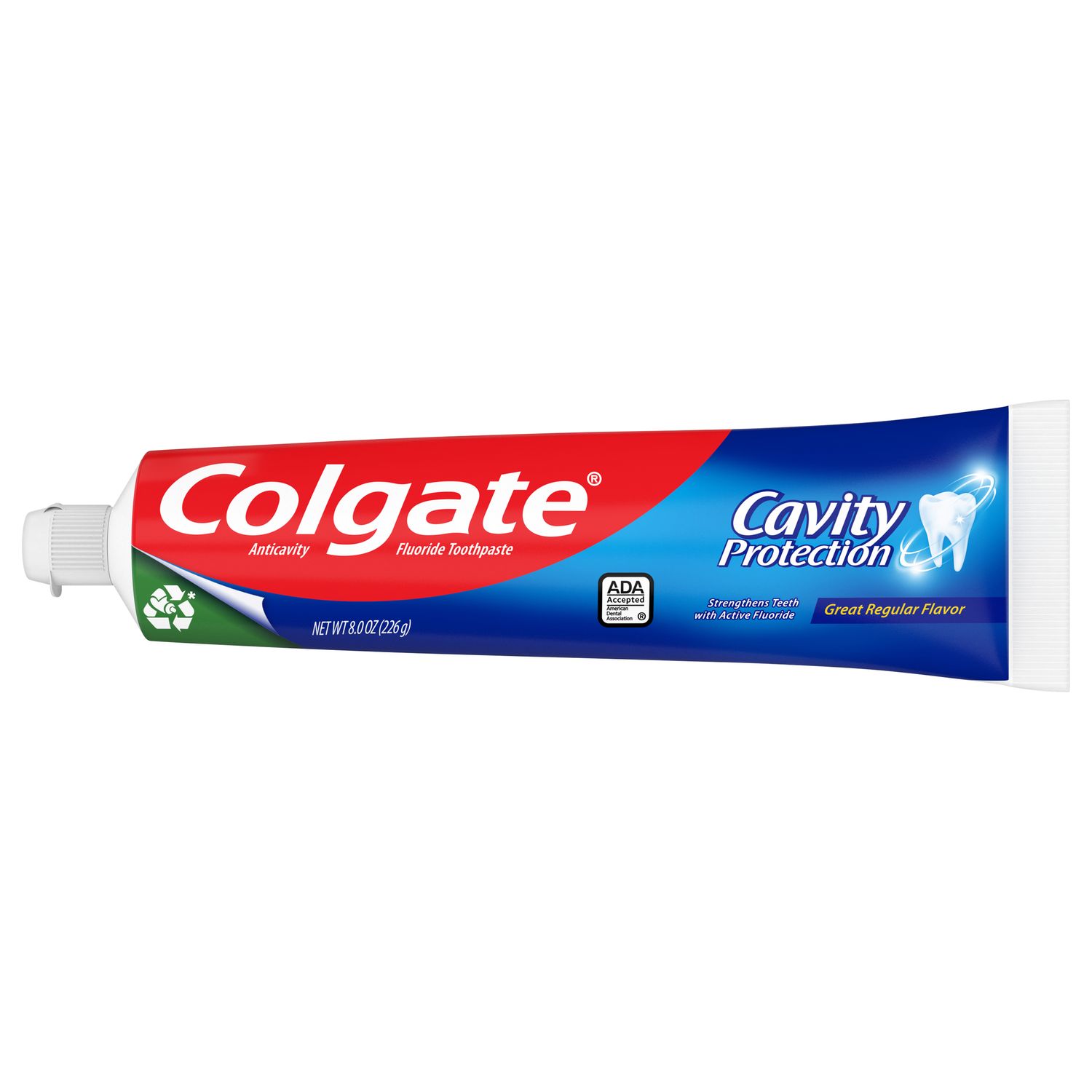According to the National Institutes of Health, your mouth is home to 700 species of microorganisms or bacteria that live on your teeth, tongue, and even the pockets between your tooth and gum. While the good microbes help your mouth manage bad microbes' growth and protect against the harmful bacteria in food, the bad microbes form communities with other germs and can form plaque and acid. That’s because these bacteria are living, growing, eating, and reproducing.
These bacteria feed on the sugars in the food and drinks we consume and leave behind waste or plaque. And the bacteria that are attracted to sugar turn it into acid, which can lead to decay on the surface of your teeth and lead to plaque development.
The Two Most Common Harmful Bacteria
According to the National Institutes of Health, your mouth is home to 700 species of microorganisms or bacteria that live on your teeth, tongue, and even the pockets between your tooth and gum. While the good microbes help your mouth manage bad microbes' growth and protect against the harmful bacteria in food, the bad microbes form communities with other germs and can form plaque and acid. That’s because these bacteria are living, growing, eating, and reproducing.
These bacteria feed on the sugars in the food and drinks we consume and leave behind waste or plaque. And the bacteria that are attracted to sugar turn it into acid, which can lead to decay on the surface of your teeth and lead to plaque development.
Streptococcus mutans is the bacteria you've probably heard the most about. It lives in your mouth, specifically on tooth surfaces and difficult-to-clean areas like pits and fissures on the teeth, and feeds on the sugars and starches you eat, leading to the formation of cavities. That’s because it produces enamel-eroding acids and thrives in a low pH, according to the Microbiology Spectrum, making it the main cause of tooth decay in humans.
Porphyromonas gingivalis is usually not present in a healthy mouth, but when it does appear, it has been strongly linked to periodontitis, according to Frontiers in Microbiology. Periodontitis is a serious inflammatory disease that affects the tissues and the alveolar bone that support the teeth. While periodontal disease is typically due to several bacteria and not the result of just porphyromonas gingivalis, this disease should not be taken lightly. It can cause significant dental pain and can eventually lead to tooth loss.
Managing Bacteria
While all of this bacteria information might seem frightening, the good news is that you can manage and control the harmful bacteria in your mouth with excellent oral care. Brush twice a day with fluoride toothpaste and clean between your teeth with an interdental device like floss once a day. These easy habits can remove the plaque and the source of food for harmful bacteria, which can keep them from reproducing in your mouth. Antibacterial mouthwash can also be used to keep your oral bacteria from taking over.
Your diet also plays a role in managing mouth bacteria. Avoiding sugary and starchy foods. Also, eating foods known to promote healthy bacteria will help you keep your teeth and mouth healthy for a lifetime. That can include foods like yogurt and fermented foods like sauerkraut, pickles, miso, tempeh, and sourdough bread. If you're looking for healthy foods that fight plaque buildup and keep your bacteria under control, the University of Rochester Medical Center recommends fiber-rich fruits and vegetables, cheese and milk, green and black teas, sugarless chewing gum, and foods that contain fluoride.
It’s a fact of life that bacteria live in your mouth and will naturally grow due to our need to eat and drink. While an excess of unmanaged bacteria can have negative effects on your oral health, the right oral hygiene care and a healthy diet can help you keep harmful bacteria at bay so that you can maintain a strong, healthy smile.
Oral Care Center articles are reviewed by an oral health medical professional. This information is for educational purposes only. This content is not intended to be a substitute for professional medical advice, diagnosis or treatment. Always seek the advice of your dentist, physician or other qualified healthcare provider.
ORAL HEALTH QUIZ
What's behind your smile?
Take our Oral Health assessment to get the most from your oral care routine
ORAL HEALTH QUIZ
What's behind your smile?
Take our Oral Health assessment to get the most from your oral care routine















